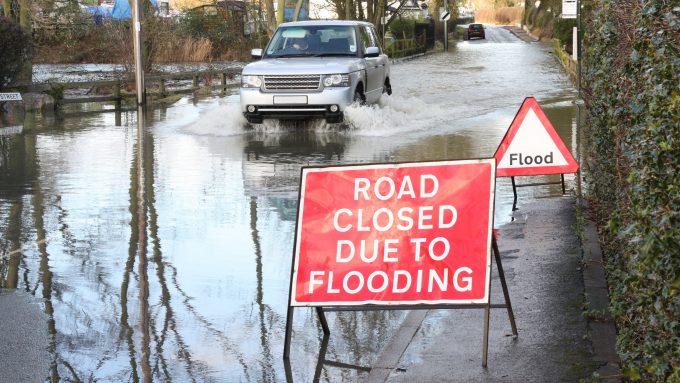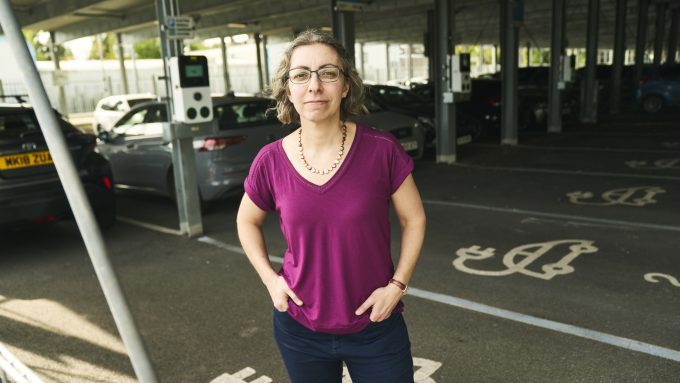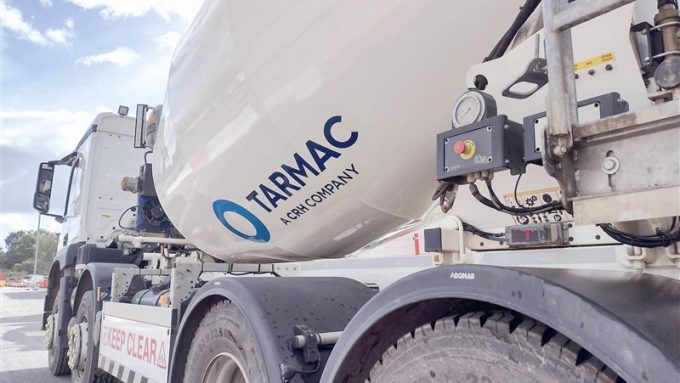
Innovation Brief: Post-Pandemic Mobility

Mobility in the age of COVID-19
In this Mobility chapter of the Innovation Brief on post-pandemic places we look at the services and infrastructure by which people and goods move to, from and around a place – and how COVID-19 has impacted what's on the horizon.
Transport is now the UK’s largest source of greenhouse gases, accounting for 27% of domestic emissions. Cutting congestion and emissions remain a significant challenge as the UK aims for net zero by 2050. The need for physical distancing post-lockdown brings into question how, and how much, we travel. And this new situation as a whole creates fresh opportunities for innovation.
In this article we will focus on three main areas:
- Right now – the current situation and the emergency response within transport services during lockdown.
- What next? – the transitional restart for the mobility sector in the post-lockdown, pre-vaccine period.
- Beyond recovery – a look further into the future ahead for this industry.
Immediate market impacts and shifts from the outbreak - and the possibilities they signal
The fear of public transport and the rise of Electric Vehicles (EVs)
Data from Chinese cities shows a flight from public transport to private vehicles as lockdowns ease and people, seeking to maintain social distancing and reduce their exposure to risk, are turning away from public transport. This is not good news for cities trying to lower their carbon emissions, reduce congestion and improve air quality.
However, the significant drop in air pollution across the UK following the nationwide lockdown is making people rethink their transport choices. 45% of people surveyed by Venson Automotive Solutions agreed that the vast improvement in air quality since lockdown has made them consider owning an EV. Another 17% said it had confirmed their decision to buy an electric car.
All of which suggests a significantly greater market readiness to shift towards greener electric vehicles when sales pick up again.
Active transport and micro-mobility seize the moment
As the use of public transport dips, cities around the world have an unprecedented opportunity to test new, if temporary, active transport (walking and cycling, for example) infrastructure. Multiple cities worldwide – including Milan, Brussels, London, Sydney, and Boston – have temporarily closed several streets to cars and expanded their cycling and walking space. A nationwide scheme in France is encouraging people to take up cycling over driving once lockdown restrictions end through a £17m scheme (€20 million, $21.7m) offering everyone free bike repairs.
We are seeing a surge of interest in micro-mobility; small, lightweight devices operating at speeds typically below 25 km/h and for trips up to 10km. For example, bicycles, e-bikes and e-scooters. These offer socially distant, low emission, affordable and convenient transport without taking up too much road space.
Already on the rise prior to the pandemic, the need to ease pressure on (or avoid) public transport will probably see uptake surge, especially for short trips. Micro-mobility offers a unique solution to the first mile/last mile problem, especially in rural areas under-served by public transport.
In Beijing, Mobike, a dockless bike sharing system, has shown that by targeting areas greater than 500 metres from public transport, micro-mobility solutions can nearly double accessibility to jobs, education and health care. And although the UK has a ban on e-scooters, they are now being trialled in four Future Transport Zones – Portsmouth and Southampton, the West of England Combined Authority (WECA), Derby and Nottingham, and the West Midlands – unlocking opportunities across the entire micro-mobility ecosystem.
These quick-start measures are in a testing phase, and may become permanent. They serve as catalysts to more ambitious projects encouraging active travel and improving public spaces. If made permanent and expanded to cover entire cities, this ‘tactical urbanism’ can encourage active travel and lower carbon emissions from the transport sector.
Challenges remain. Ensuring the hygiene of shared devices will be a genuine concern. And micro-mobility traffic will need its own routes to avoid disputes with pedestrians and traditional road-users.
So – what next?
Looking beyond the lockdown, mobility infrastructure would benefit from street re-designs that allow for wider sidewalks or enlarged cycling lanes. In this recent Connected Places Catapult blog Adrian Ulisse, a strategic advisor in the active travel and urban mobility industry, discussed ways in which this extra road space caused by the decrease of public transport from COVID-19 could be used for more active and e-mobility services and the implications of this for cities, pedestrians and transport users alike. Perhaps cities could collaborate with micro-mobility providers to build more micro-mobility friendly street infrastructure, and stimulus packages and investments targeting the infrastructure for EVs should be a part of our recovery.
Disruption to the old flow
Rush hour. Remember that? Over-crowded public transport patiently endured to honour stubbornly inflexible office hours. Peaks and off-peaks still geared very much towards what now seems creakingly archaic: the old 9-5. But that’s all changed now. Flexible hours aren’t anathema anymore. Working from home is now entirely de rigueur. Shopping from home too. Which means disruption to peak and off-peak flows, modes of transport, and the way in which we source and deliver everything we need to the home. Let’s take a look.
Mobility-as-a-Service (MaaS) flexes its muscles
MaaS integrates various forms of transport services into a single mobility service accessible on demand and includes public transport, ride-, car- or bike-sharing, taxi or car rental/lease, or even a combination of all the above.
Pre-COVID, adoption of MaaS was driven by innovative mobility service providers. MaaS provides many benefits for its users: the greater flexibility of interconnected transport options, a single application to access and pay, and affordable, personalised transport on a pay-per-use basis. The pandemic has made these benefits more visible.
In the short-term, the current crisis will threaten MaaS startups operating on thin margins. In the medium to long-term, MaaS providers will benefit from behavioural changes and the need to control infection risk. In a post-COVID world, MaaS will have a unique opportunity to flourish. Commuters on the lookout for transportation options that can provide personalised, flexible mobility coupled with social distancing and increased working from home, will drive the market.
This crisis has not simply meant a shutdown of people travelling entirely. Rather than entirely putting a stop to people travelling, individuals and companies have been using previously unconsidered forms of transport, which of course sets the precedent for them continuing to explore alternatives into the future.
Acceleration of the trend towards open platforms and data sharing driven by the crisis will further encourage development of technology-enabled mobility services in the post-COVID ‘new normal’ world.
Home shopping and automated deliveries
A recent study by UK payments provider JGOO found that 40% of people expect to reduce the number of trips to physical stores over the next six months. The risks of contagion while shopping in stores has driven the growth in home delivery since lockdown. This has boosted the demand for contactless, automated delivery using drones and robots.
Prior to the pandemic, autonomous delivery robots were already in use in some locations. Urban areas, airports, universities, hotels and large corporate campuses. Since COVID, demand has ‘expanded exponentially’. The delivery robots of Starship Technologies have already completed 100,000 autonomous deliveries and travelled over 500,000 miles.





